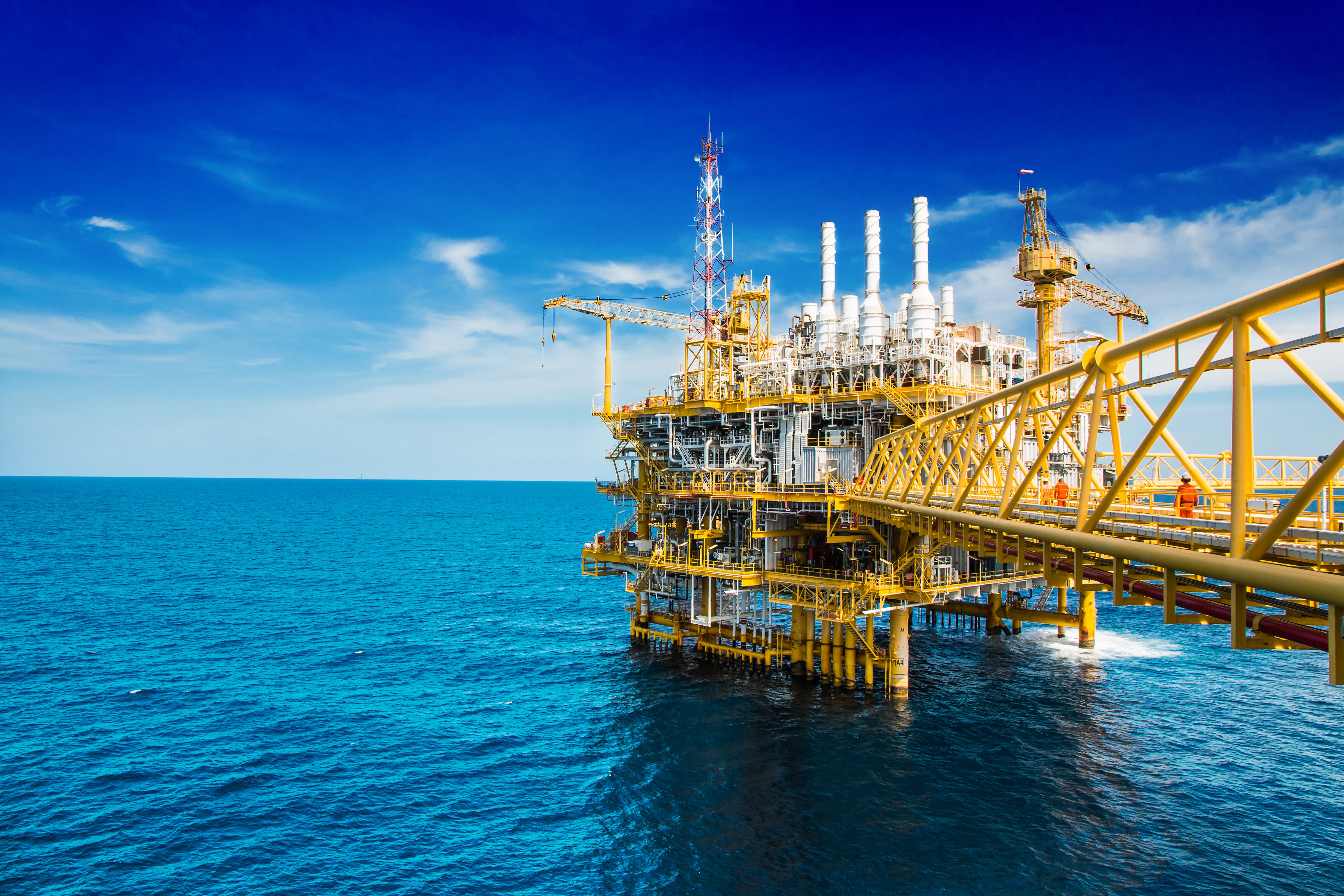The Process System Performance Blog
Where engineers share and learn about
optimizing oil production and processing

How to Build Your Oil & Water Separator For Long-Term Productivity
Avoid downtime and loss of production by building your separator for long-term productivity and performance. The oil and water separator is crucial to the production. Without it, you simply cannot produce oil and gas in a cost-effective manner. As such, it is crucial to build the separator so that it is properly equipped to handle the different conditions through the entire life-of-field.
In a 3-phase separator, instrumentation is applied to monitor the different aspects of the separation process and provide you with accurate and reliable data.
Thus, the operators are able to stay on top of the situation and identify when elements in the fluid change. Furthermore, they can adjust the process accordingly and achieve a better separator, and thus production performance.
Despite the benefits of advanced instrumentation, there are still separators that are built without it. Often, it is due to instrumentation being viewed as another cost, rather than what it actually is; an investment that pays back manyfold.
The true importance and benefits of instrumentation is often realized after years of production. At that point, making modifications to the separator at field, require, in addition to the cost of modifications, a lot of downtime. Thus, making this kind of interventions much more costly.
Suggested reading: Instrumentation for oil and water separators: Just a cost or a great investment?
The aim of this article is to provide you with insights related to the maufacturing of the oil and water separator. Furthermore, the article will explore what you can do to make it easier and more cost-effective to add instrumentation.
Key stages of the manufacturing process of the oil and water separator
Similar to most heavy pressure vessels, the manufacturing process of the oil and water separator consists of heavy steel fabrication, plate bending, as well as different welding activities.
Once the main vessel manufacturing is completed, all the flanges and process interconnection points are welded and properly tested. The separator package is then finalized at the field, after the installation of all the instruments and the wiring of the transmitters.
Front-end loading; think with the end in mind
Consider how things change over time.
As mentioned above, there are a lot of existing oil and water separators that do not have instrumentation.
Very often, these separators still perform quite well to begin with. However, in the early phases of production everything is much more predictable. It is first after a few years the problems begin to appear, due to the increase of production uncertainties.
When building the separator, it is therefore crucial to remember that oilfields naturally experience changes throughout their lifespans. Such as changes to the well stream in terms of flow rate, temperature, pressure, density, fluid composition and higher presence of by-products like water and sand, etc. As these changes begin to happen more frequently, adjustments consequently have to be made more often too.
Building your assets so that they are flexible and at the same time able to quickly handle these changes, is crucial in order to maximize productivity.
It is not a secret that constantly having to make adjustments takes up a lot of time, and as you are well aware of, time is money. With the correct instrumentation, the time spent on adjusting to unforeseen circumstances can be substantially minimized, as you are able to identify the changes in real-time and anticipate the problems.
Without instrumentation, production must be slowed down to deal with the uncertainties. This can be compared to navigating a boat through fog without a radar; as you cannot see what lies ahead, you have to drive slowly in order to be capable of identifying and dealing with unforeseen obstacles. If you want to go faster, you cannot rely on your eyes to see the unexpected in time. As such, your boat must be properly equipped with a radar.
Simply put, instrumentation helps you get higher quality data which increases efficiency, automation and reduces production costs. As a consequence, you increase the productivity throughout the whole lifespan, and improve overall asset utilization.
Suggested reading: How Oil & Water Separator Optimization Improve Processing Performance
What can you do, when budget does not allow for
instrumentation?
Introducing instrumentation later down the line, as a retrofit, causes higher modification costs at field and huge loss of production because you will have to stop producing for several days. Additionally, when the separator goes back into production it is initially slower and thus, unproductive during the rump-up phase.
In other words, it is very costly to make such modifications after the separator has been built and has been operating for some time.
Furthermore, when attempting to add instrumentation at a later point, it is not unusual to meet other challenges. The most common one being that all the interconnection points inside the separator are occupied. In this case, new interconnection points will have to be cut and made, which is both costly and time consuming.
As such, if you are not able to add instrumentation during the construction of the oil and water separator, consider adding spare interconnections. This can save you money and time in the future.
Conclusion
When building you oil and water separator, always keep in mind the optimal results you want to accomplish. A Long-term productive separator with instrumentation, is more cost-effective than adding it later as retrofit. Second best is to prepare for the future, by adding spare interconnections during manufacturing.
Subscribe to new blog posts here:
Get the newest articles straight to your inbox